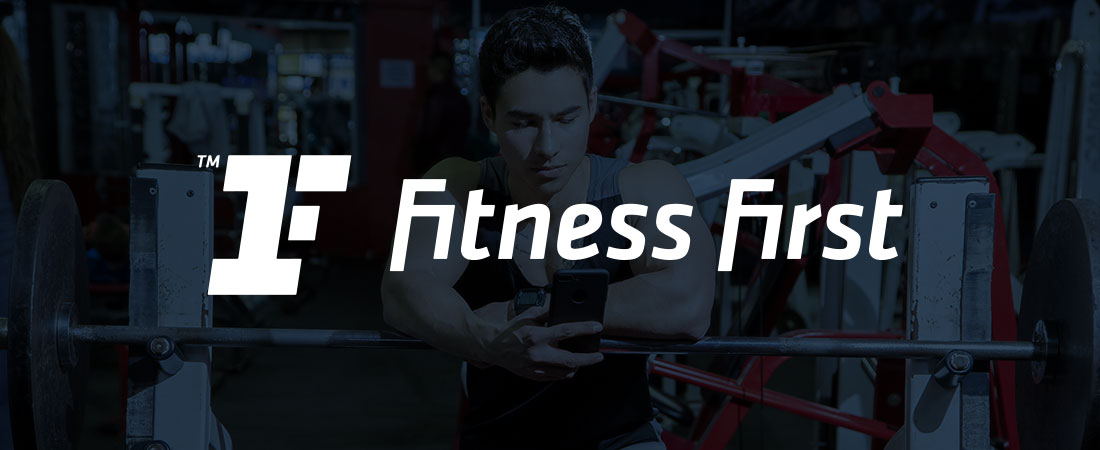About the Client
Established in 1993, Fitness First is the largest chain of private gyms in the world, with around 360 fitness clubs across 17 countries, and approximately one million members.
Legacy technology made it extremely complex and time-consuming to develop and deploy software changes, directly impacting staff productivity and the experience of members. After evaluating a range of options, we were chosen to provide the expertise to deliver standardisation and automation, leading to an 85 per cent reduction in data centre costs.
When Efficio’s traditional managed hosting provider was falling short on cost management and value, we devised a migration and modernisation programme enabling it to benefit from Amazon Web Services’ (AWS) cloud computing services. Initial cost reductions of up to 70 per cent were achieved.
Challenge: Legacy IT Hinders Business Responsiveness
Many Fitness First gyms are open 24/7, every day of the year. In this “always available” environment, any IT downtime causes huge problems for customers and front-line staff – with poor customer experience contributing to lost sign-ups and revenue. Faced with the considerable complexity of ensuring core platforms remained operational across the globe, and with a legacy fixed capacity data centre footprint, Ed Hutt, Chief Information Officer with Fitness First, says that he came to the conclusion that the company’s technology strategy needed a rethink. “When I originally met John Wartig the CFO, we discussed IT Transformation,” says Hutt, “He said to me: ‘I need to transform IT, but I don’t know what to do; I’m a finance guy and it’s not my job.’”
Fitness First set out to enable IT to become more responsive to business goals and reduce costs. Hutt identified that a major data centre consolidation and migration, addressing legacy environment challenges, including a lack of standardisation and automation for managing environments and software deployment, was needed. In addition to technology changes, Hutt recognised that to become a digital business, the organisation would need to work with different partners in order to drive a cultural change and bring about a different attitude and approach to IT partnership.
“What really attracted us was [the team’s] working relationships with key vendors. If companies like Microsoft and AppDynamics trust them, then we were prepared to as well. [The team was] extremely honest about their areas of expertise, we needed an expert to show us how to get to where we wanted to be, and they absolutely did that.”
Jon Forster
Data Centre Migration Global Programme Manager with Fitness First
Solution: Collaborating with Partners to Accelerate Data Centre Migration
Fitness First began choosing the providers for its modernised data centre strategy and opted for a hybrid cloud approach using Nutanix and Microsoft, selecting us as the partner of choice to modernise their approach to IT. We combined the hyper-converged infrastructure from Nutanix with Microsoft Azure Cloud and Azure Stack to deliver on-demand flexibility. Switching to a cloud-based model saved costs in terms of running and operating physical data centres. “Reducing down the footprint of what we had in place and migrating to a purely virtual environment has significantly reduced costs,” Forster said.
Once the infrastructure was established, we set about building the automation platforms to enable standardisation of infrastructure management and software deployment. A proof of concept was quickly established, demonstrating new software delivery processes using industry-leading toolsets in combination with modernised Agile working practices. Microsoft Azure Stack ensured consistency across all elements of the infrastructure, whether Fitness First was using resources in its own data centre facilities or in the cloud.
Collaborating closely with Fitness First teams, we began migrating applications into the new environment, whilst establishing the operational and governance controls needed to run applications in the cloud. The close working relationship between teams was designed to promote the transfer of skills to Fitness First teams, who would be responsible for the long-term management of the applications and new environments. This new-found knowledge was quickly put to the test as Fitness First teams, supported by our engineers, got to grips with the modernised application performance management tooling from AppDynamics.
Previously, the teams had little visibility into the cause of production issues, given the complexity of the interconnected services. AppDynamics provided real-time insight across all environments, giving teams unprecedented visibility across every area of their systems. “Within the first five days, it was invaluable in resolving an error,” says Jon Forster. “One service started to run extremely slowly, but we were able to identify the problem and resolve it in minutes, when previously it could have taken days.”
Outcome: Cost Reduction, Flexibility and Customer Satisfaction
Since partnering with us, Fitness First has made some amazing gains. “The results were immediate”, said Forster. “New environment creation using the automated processes now only take 20 minutes, compared to around a day with the old manual process.” This has freed up team resource to focus on higher-value activities such as improving the customer experience. Fitness First has seen some dramatic cost savings as a result of the new infrastructure, tools and processes including an 85% reduction in co-location cost, as the number of racks were reduced from twenty to two and a 65% reduction in data centre support and maintenance expenses. The use of Microsoft Azure provides a much higher level of flexibility, with additional compute and storage resources available at short notice as the business needs them.
Fitness First now has a streamlined, standardised and transparent infrastructure with the tools and processes it needs to boost efficiency and save money. Greater visibility and consistency have reduced risk and slashed the time taken for software changes to be made, giving the company the time and ability to focus on providing greater customer satisfaction.
This case study is based on work completed by DevOpsGroup before the team joined forces with Sourced Group, an Amdocs company.



